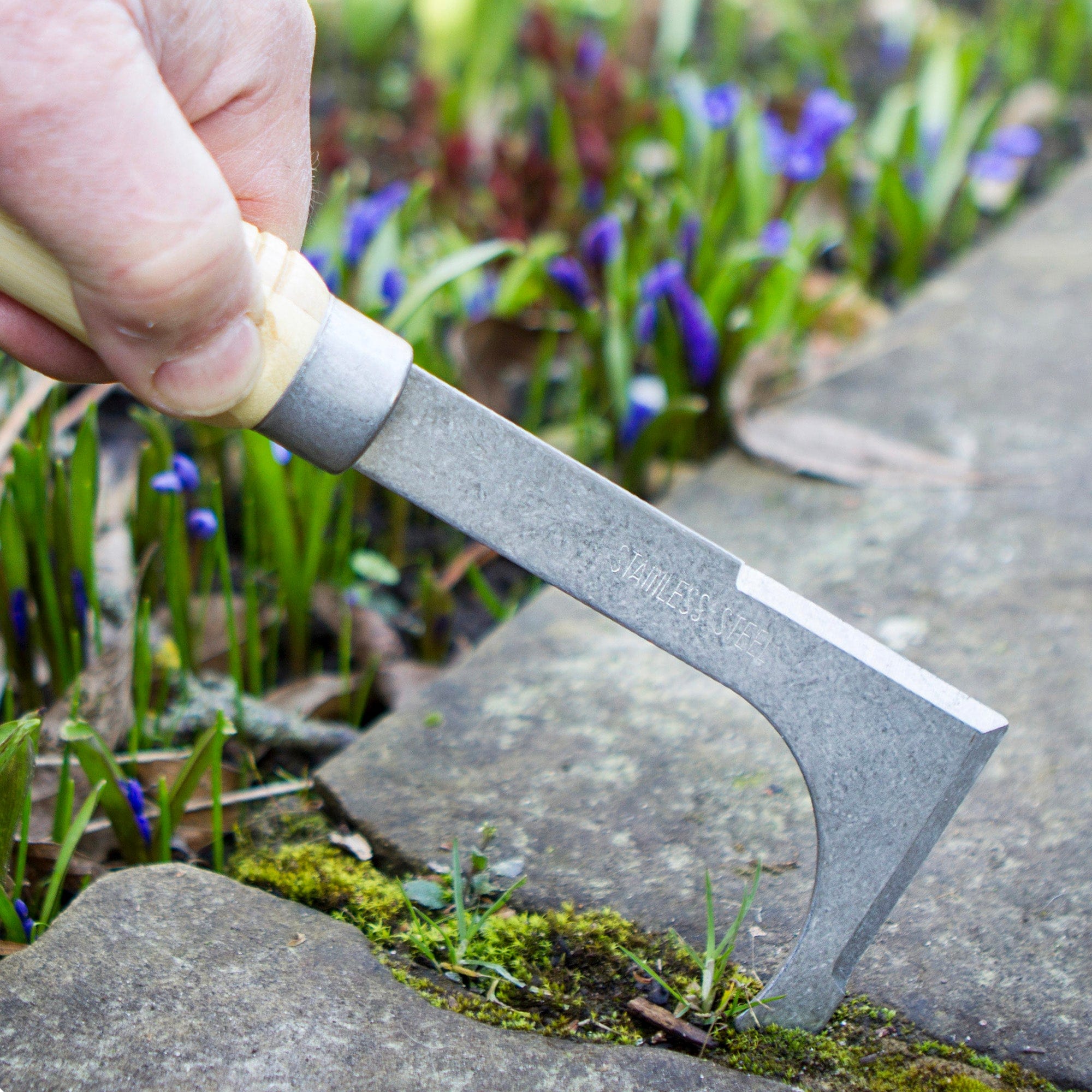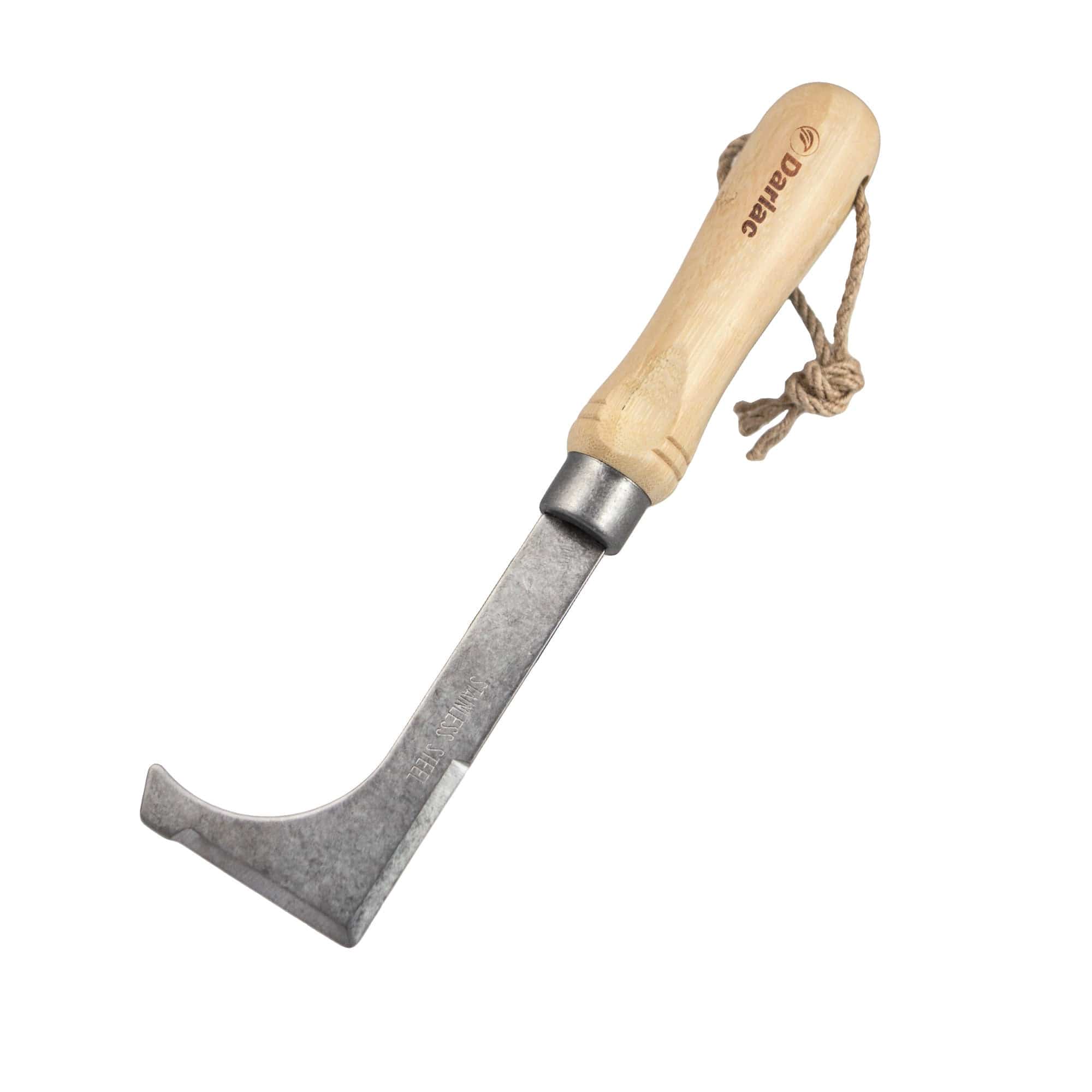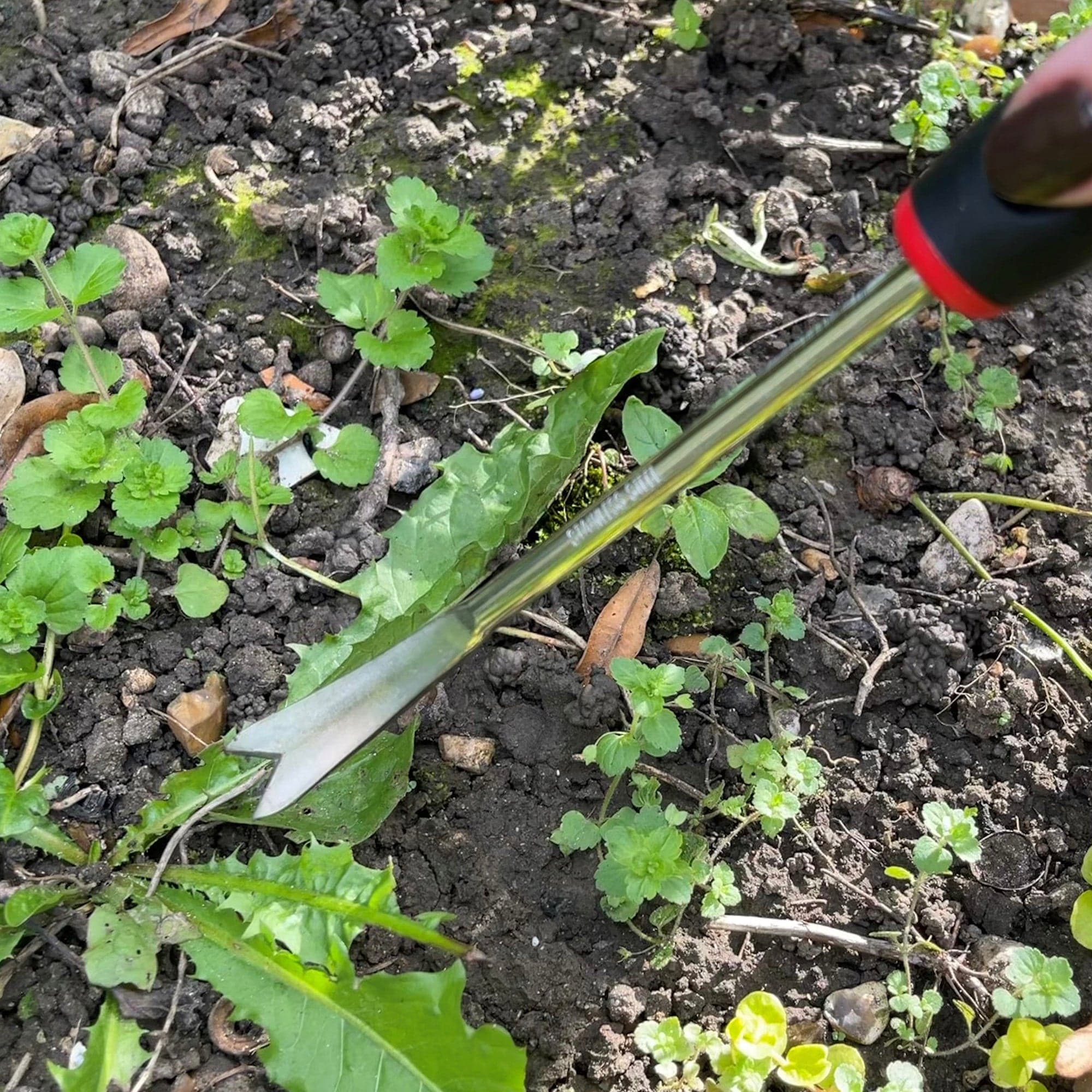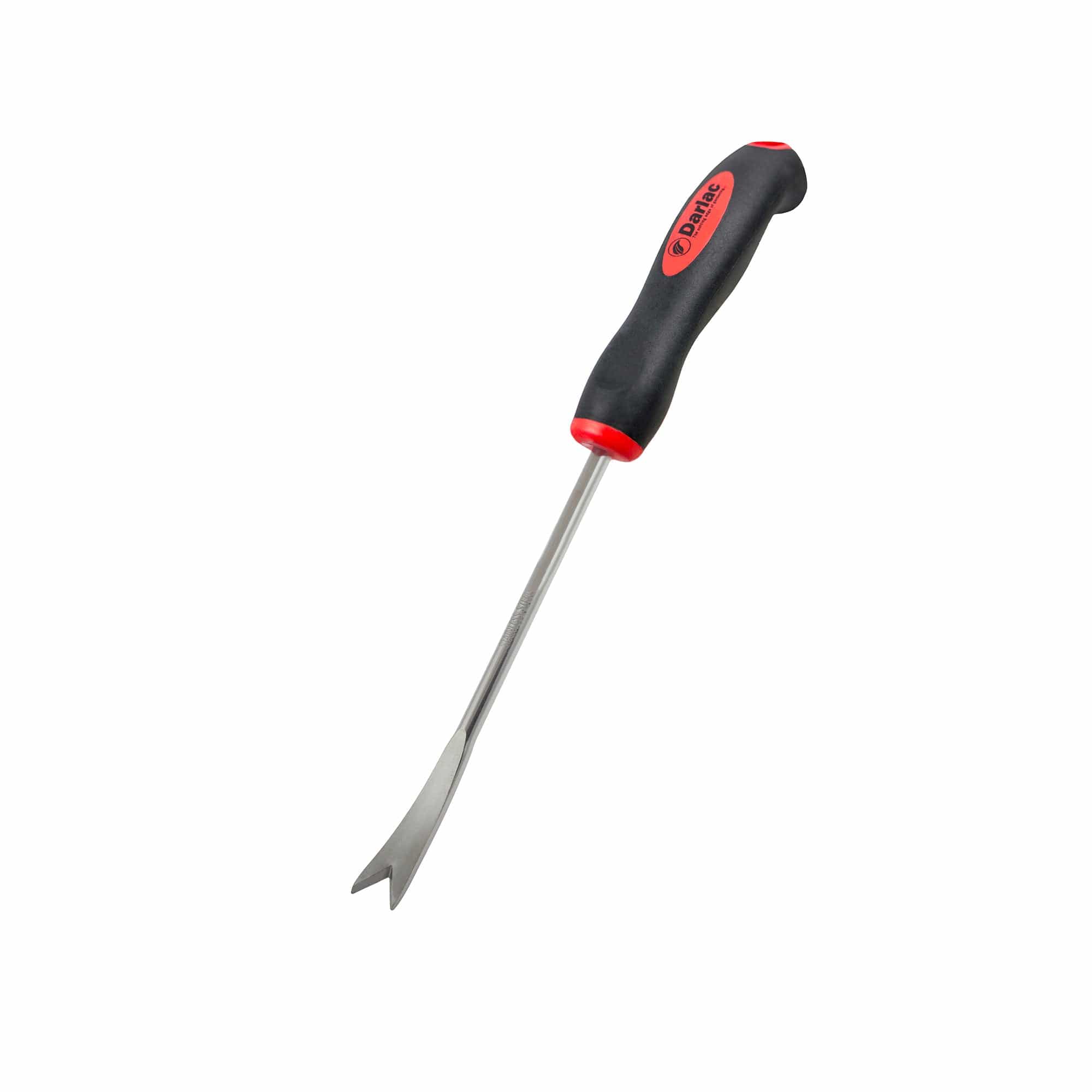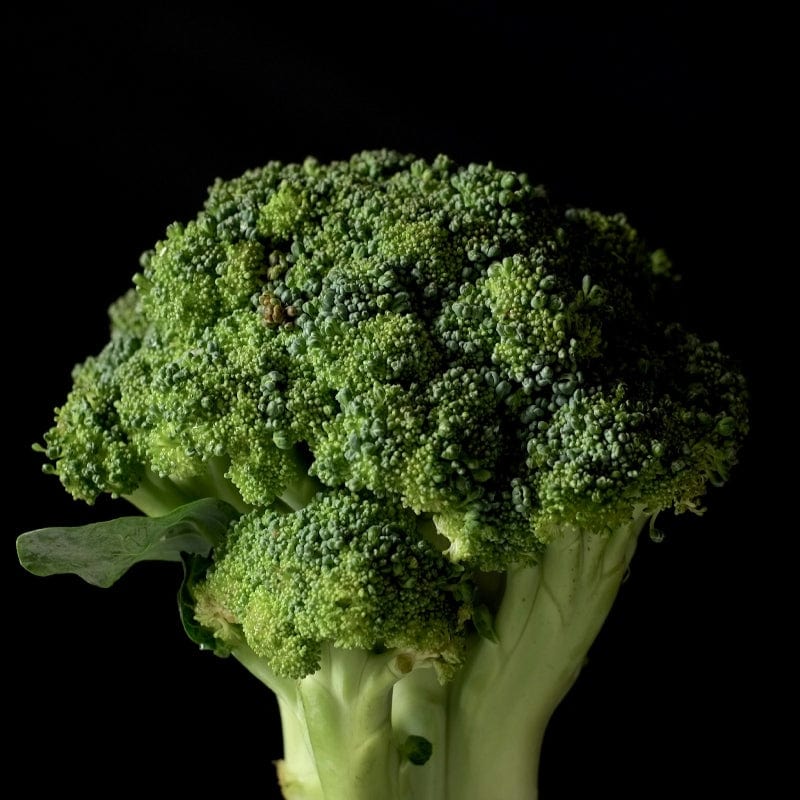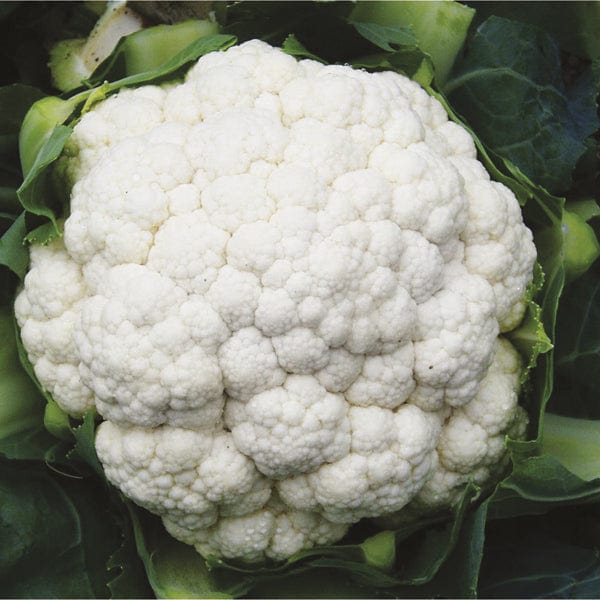As the weather gets a little warmer and the days get that bit lighter, you can look forward to seeing your garden flourishing once again with spring around the corner. During winter, there may only be a limited number of plants growing, such as your perennial plants, so you have more time to get on top of tasks that you may not typically have otherwise. To get your garden well-prepared for growing all kinds of vegetable plants, fruit plants, and flower plants in the near future, we’ve put together our 10 best tips for garden prep for spring.
Garden Prep for Spring: Our 10 Best Tips
To get your garden in order for spring, there are several tasks you can carry out so that it’s thriving by the time the season arrives. Below are our best tips to get your garden ready for spring:
- Pre-spring cleaning
- Weeding
- Soil preparation
- Looking after your lawn
- Removing pests
- Mulching
- Pruning
- Maintaining structures
- Cleaning garden tools
- Choosing spring planting seeds and plants
Pre-Spring Cleaning
In the wintertime, gardens can become quite unkempt with the havoc the tough weather can cause. When the days begin to get a little lighter, be sure to spend some time removing debris such as leaves, twigs, and any dead plant material. Not only will this neaten up your garden, but it will prevent diseases from developing and prevent giving pests a space to hide.
Weeding
Over winter, many weeds can develop in the time when you’re taking a break from keeping on top of garden maintenance. So, you should make an effort to remove all weeds that may have cropped up in the meantime to prevent any competition when growing plants after. To eliminate the risk of weeds germinating, you can either burn them or place them in a compost heap where the heat will kill them.
Our weed control products can be highly useful in the removal or prevention of weeds.
Soil Preparation
Preparing the soil ahead of spring ensures that the plants you grow in the future have the perfect environment. Working in garden compost or manure will provide your plants with plenty of nutrients for vigorous growth. You should also till or turn over your soil before spring to improve its texture and aerate it, as the winter can cause soil to become compacted.
For optimal growing conditions, you can also warm up your soil to improve seed germination and early root development using garden cloches. This process can take several weeks or months, with early crops benefiting from warming up from early January up until early April. Though, warming your soil as late as mid-spring is possible for tender later crops.
Looking After Your Lawn
As part of your garden prep for spring, maintaining your lawn is a worthwhile investment to get it in prime condition for the upcoming season. Raking and scarifying your lawn allows your lawn to breathe and prevents it from becoming waterlogged.
Add some grass seeds to encourage even growth on any bald spots on your lawn, level off any uneven areas and feed your lawn with lawn feed and improver to have your lawn looking pristine in time for spring.
Removing Pests
Though removing garden debris as mentioned in the first step can be an effective method of preventing pests from becoming problems later down the line, there may be a few that are still hiding in your garden. Check your perennial plants for any pests around the crowns, and search for any clusters of slugs and snails hiding away in the corners of your garden.
To effectively deal with the problem of pests, pest and disease control products, such as slug control, provide a reliable solution.
Mulching
Mulching is a worthwhile step when growing many plants, though it can be just as worthwhile before planting too. By mulching your soil with organic matter, such as compost, leaf mould or wood chips, you can prevent weed growth and keep the soil’s structure, moisture and nutrients in prime condition for healthy growth later. When it’s time to plant your plants, you can either rake the mulch aside or work it into the soil.
Pruning
Pruning your plants not only helps to give them a neater appearance but also helps to deter pests and prevent diseases by removing dead or damaged branches. Use a good pair of secateurs, such as Darlac secateurs, and cut away any branches that are dead, damaged or diseased for healthy growth. You should also prune one of two branches if any cross, as this can lead to bark damage, which can then expose your plant to pests or diseases.
Maintaining Structures
While getting your garden ready for spring, it’s a good time to get on top of any maintenance jobs with your garden’s structure. From spring onwards, you may find yourself too occupied in your garden to make time for repairs and similar tasks, so now is the perfect opportunity.
To keep your garden in top shape for the spring, you should repair or replace any damaged structures, such as fences, trellises or gates. Afterwards, cleaning them with a power washer will help in removing any built-up dirt, mildew or moss. Once these are dry, adding a coat of the relevant preservative (wood or metal) will help to improve your structures’ longevity.
Additionally, cleaning your greenhouse or cold frame using warm water with mild soap and a sponge is a worthwhile step. This helps to maximise light and reduce the likelihood of any pests or diseases presenting problems.
Cleaning Garden Tools
Cleaning your garden tools is key to their longevity, and thereby your plants’ longevity. In fact, using dirty tools can increase the risk of spreading diseases to your plants. So, cleaning them is a worthwhile step as part of your garden prep for spring. Give your garden equipment a good clean with hot water and soap to remove any grime, plant matter or rust from them.
Tools such as shears or pruning knives will benefit from being sharpened and oiled for better performance and easier use.
If your garden tools are in need of replacement, our selection of Darlac tools provides plenty of choice for useful tools that deliver on quality, ease of use and affordability.
Choosing Spring Planting Seeds and Plants
When spring finally arrives, you can get to work on growing spring plants and seeds, bringing your garden to life. There’s a vast variety of quality plants to choose from at D.T. Brown, with our vegetables to plant in spring, fruit plants, spring planting bulbs, and spring sowing flower seeds to get you started. By choosing now, you’ll be much better prepared to organise your garden's layout come springtime and can look forward to producing delicious new crops and beautiful blooms.
For recommendations on what flowers to grow in spring, you can read our guide on growing spring planting bulbs for our best advice. You can even get started on already growing certain fruit plants; take a look at our blog on fruits to plant in January to learn our best choices.
Related Products
Order Spring Planting Plants at D.T. Brown
Once you’ve made the steps to get your garden ready for spring, you can plan ahead in choosing which spring planting seeds and plants to adorn your garden with. As mentioned above, D.T. Brown is home to a great variety of vegetable, fruit, and flower seeds and plants, with many cultivars for you to find the best flavours and blooms to match your preferences. With over a century of experience, you can trust our varieties to provide exceptional quality and reliable growth.
To find more in-depth gardening guides similar to this one, as well as step-by-step growing guides for an array of fruits and vegetables, visit our garden blog for much more useful information.
If you’d like to learn more about our range of vegetable seeds, fruit seeds, herb seeds, or anything else available from our shop, get in touch today and we will happily answer any questions you may have.










